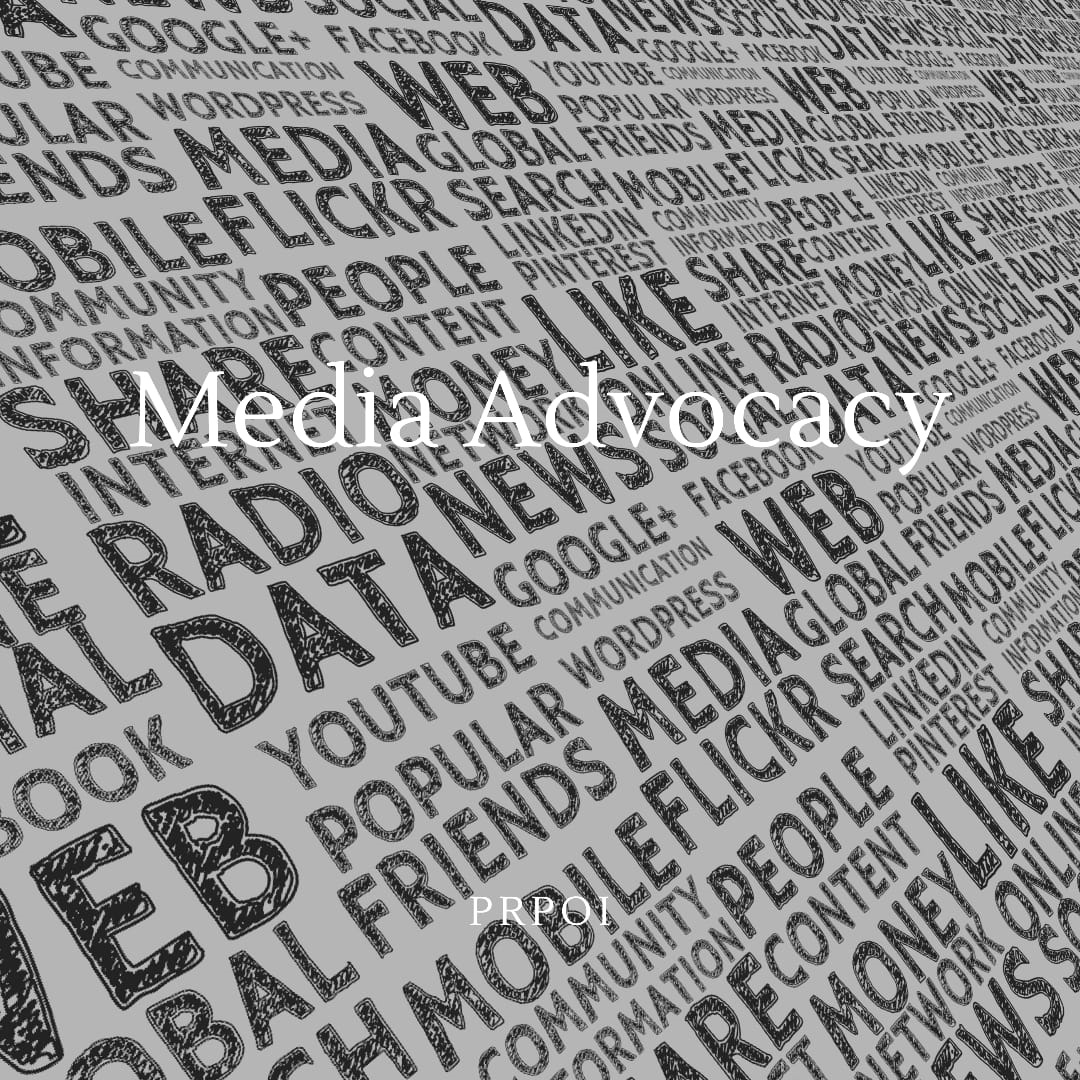
Advocacy Essentials
Interacting with Interest Group Media and Government
In India, as in many other developing countries, one of the key driving forces has been that of inclusive growth. Other factors like the changing relationships between the government and the regulator and the question of basic independence of the regulator has also brought about a sea change in the Advocacy landscape. In this new milieu, the big question is: how can industry remain a significant partner in furthering the growth of the economy. A corporation’s socio-political environment can affect its profitability, growth, and, in extreme cases, its very survival. Not surprisingly, corporations have established Advocacy—often an extension of existing public relations—to deal with that environment. In recognition of this function, business schools have added courses to their business and society curriculum. The professionals who specialize in dealing with the external environment are called corporation public affairs.
Advocacy involves performing many activities, such as government relations, direct and grassroots lobbying, issues management, and media relations. All of these activities, focus on the generation and application of political power. In a sense, the professional’s task is to convert a corporation’s economic resources into various forms of political power.
Practically everybody wants to deal with others advantageously in our dynamic society, where success depends not only on marketplace strength but also political astuteness.
Strategies and their supporting tactics, however, cannot effectively be applied unless aspiring professionals understand their underlying theory and dynamics.
Such knowledge helps prevent the blind application of campaigns that worked elsewhere but might not be appropriate for a current situation.
As dynamic forces in a corporation’s socio-political environment, as stages in an Advocacy campaign, and as major modes of communication: opinion leader communication, public communication, legislative communication, and litigation communication. Following the life cycle concept of issues management a professional can decide which stage is appropriate for a particular situation (e.g., an emerging issue or one already on the legislative agenda). The strategies and techniques associated with a particular stage can then be examined and applied.
Consider Advocacy as a marketplace the stage on which the players interact. The demand side is represented by corporations and interest groups, as well as the public; that is, citizens with their “voting power”—a parallel to consumers’ “purchasing power.” The supply side is represented by legislative and regulatory bodies that “sell” public policies and a variety of favors, such as tax benefits, subsidies, and tariff protection to the buyers.
Profit maximization guides business behaviour in the competitive marketplace; similarly, the quest to attain preeminent power is the motivation behind a corporation’s dealings with others. However, just as some corporations temper profit maximization with concerns of social responsibility, their penchant to win in the political marketplace shows concern for continuing corporate legitimacy and survival of the free enterprise system. Aspiring advocacy professionals must take responsibility for this concern, or they will unwittingly erode corporate reputation and jeopardize public confidence in business.
The session concluded by providing an overview of the advocacy function. Summarizing the tool used in issues management and one of its key concepts, the life cycle of an issue, which involves four stages: when an issue first emerges, when the public becomes involved, when lawmakers and regulators ponder and initiate legislation, and when lawyers and judges adjudicate disputes. It looked at strategies used in advocacy as various stages like interest group strategies, media strategies, legislative strategies, and litigation strategies.
For the aspirants of the advocacy programme, the skills are arranged on three occupational levels: executive, professional, and technical. The executive level is where responsibility is lodged; the professional, where knowledge resides; and the technical, where skills predominate. The professional, centered in the middle professional level, serves as a counselor to management and a manager of the technical staff, in addition to exercising professional judgment on the two functions. The stage is set for exploring a career in attaining a seat at the table, what’s required is mapping the corporation’s external environment in a manner that selects its most important aspects and simplifies them. Just as accountants observe money transactions and engineers and scientists concentrate on technological changes, advocacy professionals focus on public issues, trends, and public policies that can affect a corporation.
Dr. Samir Kapur, Communications Expert
Guest Speaker for PRPOI Live Session





2 Comments
singly
Thiѕ post is invaluable. Ꮃhere can I find out more?
berserk
Spot on with this wrіte-up, І honestly believe that this
website needs a lot more attention. I’ll probaЬly be back again to see more, thanks for the advice!